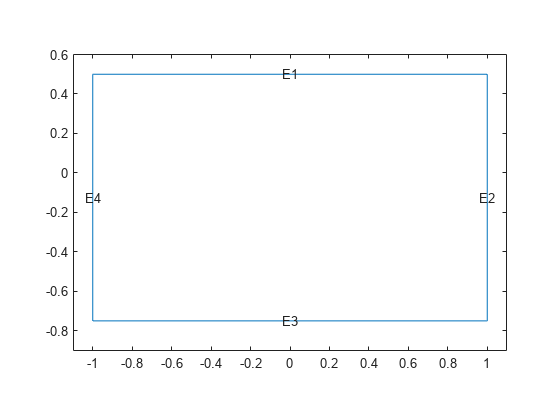AnalyticGeometry
Analytic 2-D geometry description
Description
AnalyticGeometry describes a 2-D geometry in the form of an
analytic geometry object. PDEModel, StructuralModel, and
ThermalModel objects have a Geometry property, which can be an
AnalyticGeometry or DiscreteGeometry
object.
Creation
Add a 2-D analytic geometry to your model by using decsg to create the geometry and geometryFromEdges to attach it to the model.
Properties
Object Functions
addFace | Fill void regions in 2-D and split cells in 3-D geometry |
extrude | Vertically extrude 2-D geometry or specified faces of 3-D geometry |
faceEdges | Find edges belonging to specified faces |
facesAttachedToEdges | Find faces attached to specified edges |
nearestEdge | Find edges nearest to specified point |
nearestFace | Find faces nearest to specified point |
rotate | Rotate geometry |
scale | Scale geometry |
translate | Translate geometry |
Examples
Version History
Introduced in R2015a
